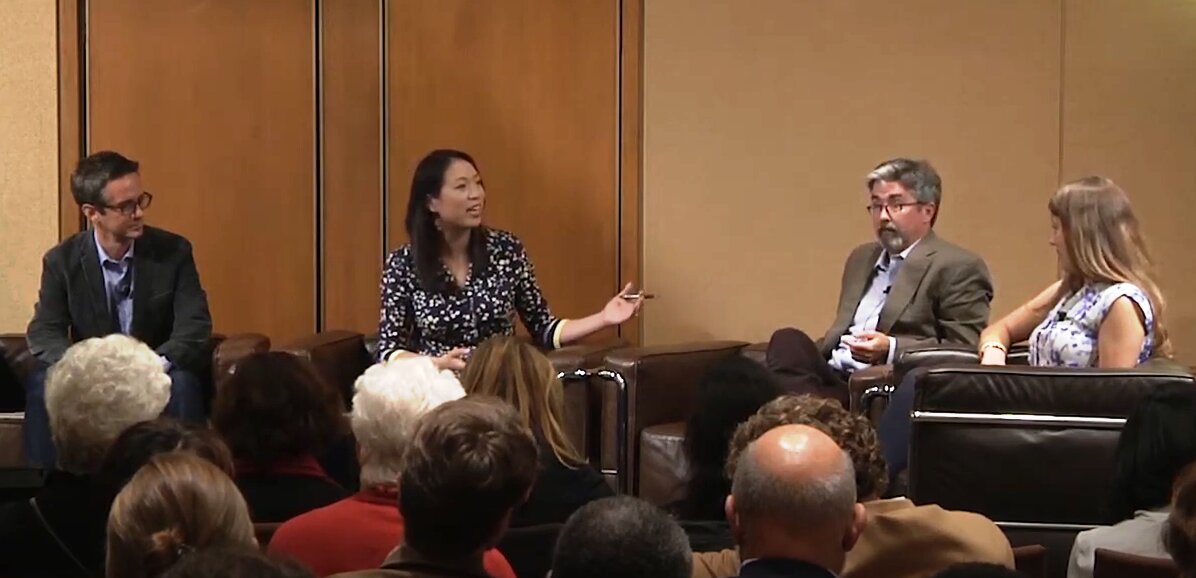Shreeja Bhattacharya
2:56
2:57
3:16
3:18
3:22
3:26
3:29
3:30
3:34
3:35
3:39
3:40
3:42
3:43
3:44
3:46
3:48
3:49
3:52
3:55
3:56
Connecting…

